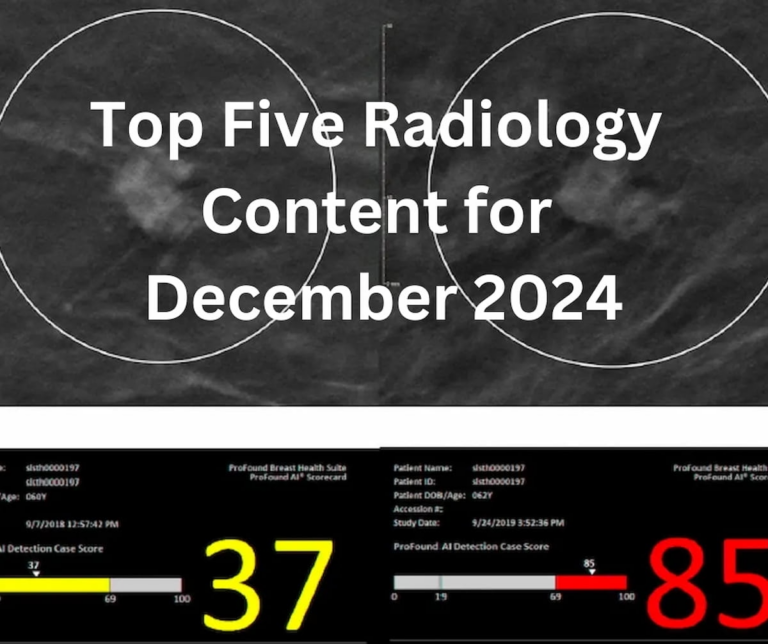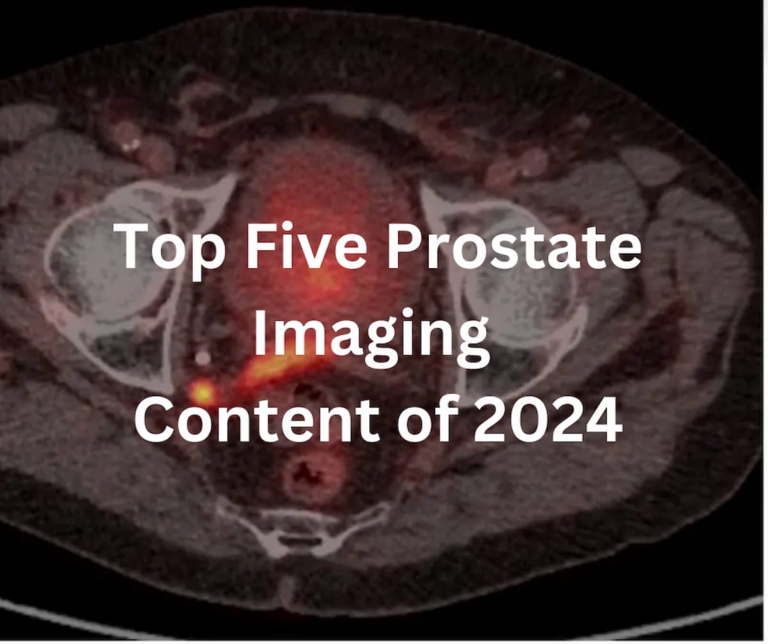
As of November 24, 2024, four Medicare administrative contractors (MACs)—Palmetto GBA, National Government Services (NGS), CGS Administrators, and WPS—will begin offering coverage for two innovative artificial intelligence (AI) technologies: quantitative coronary tomography (AI-QCT) and coronary plaque analysis (AI-CPA). This coverage, applicable to Medicare beneficiaries who present with either acute or stable chest pain without a prior diagnosis of coronary artery disease (CAD), follows an updated local coverage determination (LCD) by the Centers for Medicare and Medicaid Services (CMS).
The new LCD specifies that coverage will be provided for patients assessed as being at intermediate risk for CAD. This includes individuals classified by the Coronary Artery Disease Reporting and Data System (CAD-RADS) into categories CAD-RADS 1, CAD-RADS 2, or CAD-RADS 3 based on findings from coronary computed tomography angiography (CCTA). The LCD additionally includes those whose evaluations for acute coronary syndrome (ACS) yield negative or inconclusive results.
The technologies, which have received clearance from the FDA, notably include the HeartFlow Plaque Analysis and Cleerly Ischemia software. These AI-powered tools play a significant role in enhancing the assessment of coronary artery conditions, thus making them essential for both diagnosis and treatment planning.
Dr. Ron Blankstein, a leading expert in the field and director of cardiac computed tomography at Brigham and Women’s Hospital, emphasized the importance of this development in managing coronary artery disease. He pointed out that CAD is responsible for approximately 50% of all deaths, making the ability to diagnose it early critical. With the introduction of HeartFlow Plaque Analysis under Medicare coverage, healthcare providers can more effectively quantify plaque presence and guide treatment decisions, which may ultimately lead to improved patient outcomes.
James L. Kim, M.D., the founder and CEO of Cleerly, expressed gratitude to the medical professionals who advocated for the adoption of AI-QCT technology. He noted that, prior to developments like Cleerly, healthcare providers lacked a comprehensive, non-invasive method to accurately assess atherosclerotic plaque burden, which poses significant risks for heart attacks. This new coverage by the MACs represents a meaningful stride forward in cardiology, focused particularly on serving the healthcare needs of seniors.
Overall, the decision to include AI-QCT and AI-CPA technologies in Medicare coverage is expected to advance cardiology practices significantly, enabling earlier and more precise diagnosis of coronary artery disease, and ultimately enhancing care for patients at risk. As these tools become integrated into routine clinical use, they offer the potential for tailored treatment strategies that could lead to better health outcomes for a vulnerable population.
For further details, related content can be accessed, including insights into FDA clearances for software enhancing CCTA and studies linking coronary CT angiography to major cardiovascular incidents.


